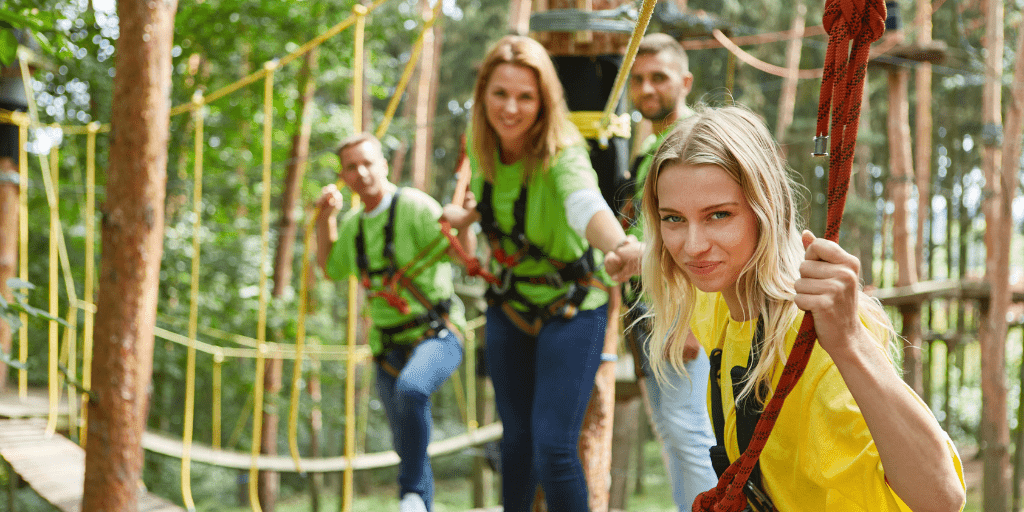
Aerial adventure courses are becoming increasingly popular, offering thrilling experiences to participants of all ages. However, as the demand for more exciting and challenging courses grows, so too does the need for advanced rescue devices to ensure the safety of both guests and staff. In this article, we will explore some of the most innovative and effective rescue devices used in aerial courses, their benefits, and how they contribute to a safer and more efficient operation.
Cutting-Edge Rescue Devices for Ropes Course and Zipline Parks
Aerial adventure courses prioritize safety, and improved rescue gear are essential. Safety infrastructure includes harness, continuous belay, remote lowering, and emergency communication equipment. These equipment and aerial adventure parks’ safety depend on rescue crews’ training and certification. Aerial adventure park businesses can deliver thrilling experiences while ensuring safety by investing in innovative rescue equipment and well-trained crew.

Automatic Belay Devices
Automatic belay devices have revolutionized the way aerial adventure courses operate, providing a safer and more efficient method for participants to enjoy their experience. These devices automatically take up slack in the safety line as the participant ascends or traverses the course, eliminating the need for manual belaying. In the event of a fall, the device locks, preventing the participant from hitting the ground or any obstacles below.
Rescue Pulley Systems
Rescue pulley systems are essential for Ropes Course and Zipline Parks, allowing staff to quickly and safely reach participants in need of assistance. These systems typically consist of a series of pulleys, carabiners, and ropes that can be easily assembled and disassembled by trained rescue personnel. The rescue pulley system enables staff to ascend to a participant’s location, provide assistance, and safely lower them to the ground if necessary.
Remote-Controlled Descenders
Remote-controlled descenders are a game-changing innovation in aerial adventure course safety. These devices allow staff to remotely control the descent of a participant in need of assistance. By simply pressing a button on a remote control, the staff member can initiate a controlled descent for the participant, bringing them safely back to the ground without the need for complex rescue maneuvers.
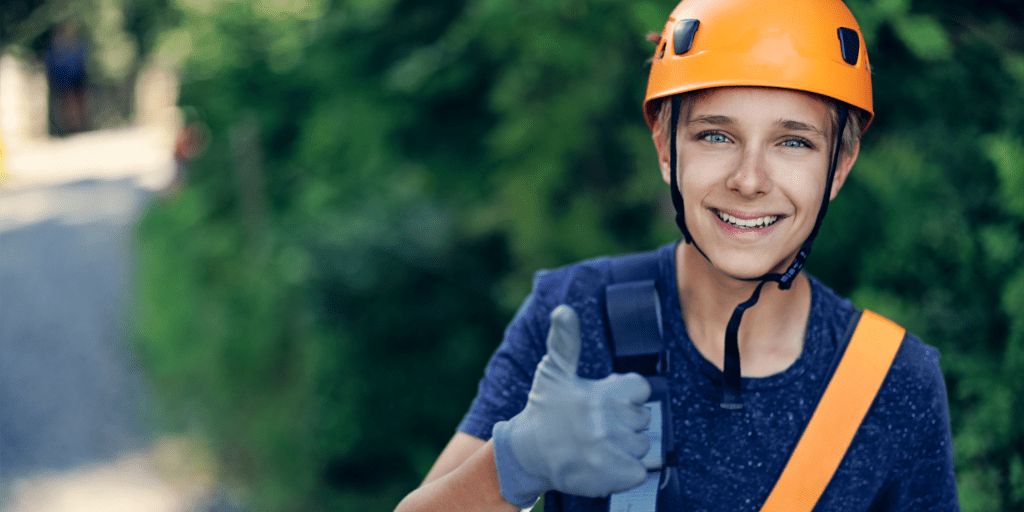
Advantages of Advanced Rescue Devices in Aerial Courses
Aerial adventure courses place a premium on participant safety, thus cutting-edge rescue equipment is essential. A complete safety setup requires items like harnesses, continuous belay systems, remote lowering mechanisms, and emergency communication tools.
Enhanced Participant Safety
The primary benefit of advanced rescue devices in aerial adventure courses is the increased safety they provide for participants. Automatic belay devices, rescue pulley systems, and remote-controlled descenders all work to prevent falls, ensure rapid rescue response, and minimize the risk of injury during an aerial course experience.
Increased Operational Efficiency
In addition to enhancing safety, advanced rescue devices also contribute to greater operational efficiency. These devices reduce the need for manual belaying and complex rescue procedures, allowing staff to focus on other important aspects of managing the aerial course. This leads to a smoother and more enjoyable experience for participants, as well as reduced downtime due to rescue interventions.
Improved Staff Training and Preparedness
The use of advanced rescue devices in Ropes Course and Zipline Parks necessitates thorough staff training, ensuring that all personnel are well-versed in the proper use and maintenance of these devices. This heightened level of training not only contributes to a safer environment for participants, but also helps to create a more skilled and confident staff, capable of handling any situation that may arise during the course of a day.
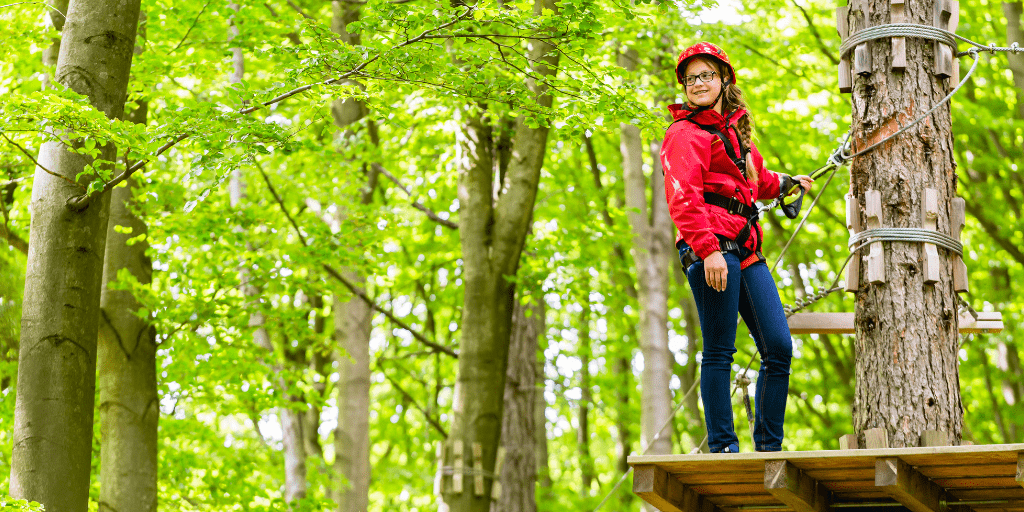
Enhancing Safety in Aerial Adventure Parks
Adventure parks offer exhilarating experiences for participants, but ensuring their safety is the top priority for operators. By implementing advanced rescue devices and techniques, investing in comprehensive staff training, and maintaining a rigorous inspection and maintenance routine, park operators can provide a thrilling yet safe environment for their guests.
Training and Certification for Aerial Adventure Park Staff
Proper training and certification are essential to ensure the safety and effectiveness of aerial adventure park staff. Operators should invest in comprehensive training programs, such as:
- Basic first aid and CPR
- Wilderness first aid or first responder courses
- Rope rescue training
- High angle rescue training
- Industry-specific certifications, such as those offered by the Association for Challenge Course Technology (ACCT), Professional Ropes Course Association (PRCA), and European Ropes Course Association (ERCA)
Regular Inspections and Maintenance
To maintain the highest safety standards, aerial adventure park operators must regularly inspect and maintain their equipment and facilities. This includes:
- Daily visual inspections of all equipment, including harnesses, helmets, carabiners, and rescue devices
- Periodic thorough inspections by qualified professionals
- Adhering to equipment manufacturers’ guidelines for maintenance and replacement
- Documenting all inspections, maintenance, and repairs
Staying Updated on Industry Best Practices and Standards
Aerial adventure park operators should stay informed about the latest industry best practices, standards, and regulations. This includes:
- Monitoring updates from reputable organizations such as the Association for Challenge Course Technology (ACCT), Professional Ropes Course Association (PRCA), and European Ropes Course Association (ERCA)
- Participating in industry conferences, workshops, and webinars
- Networking with other aerial adventure park operators to share knowledge and best practices
Emphasizing a Culture of Safety
Creating a culture of safety within an aerial adventure park involves more than just using advanced rescue devices and techniques. It also requires fostering a work environment where staff members feel empowered to speak up about potential safety concerns and are committed to following established protocols. Some strategies for building a safety-first culture include:
- Encouraging open communication between staff members and management
- Regularly reviewing and updating safety policies and procedures
- Implementing ongoing training and professional development opportunities for staff
- Recognizing and rewarding employees who demonstrate a commitment to safety
Including Safety Information for Park Guests
Educating Park guests about safety is another essential aspect of creating a people-first experience at an aerial adventure park. This includes:
- Providing clear and concise safety briefings before each activity
- Displaying safety signage and guidelines throughout the park
- Encouraging guests to ask questions and voice concerns about safety
- Ensuring that all participants have the appropriate equipment and are properly secured before starting an activity
Evaluating and Adapting Rescue Procedures
Aerial adventure park operators should continuously evaluate and adapt their rescue procedures to ensure maximum efficiency and effectiveness. This can be achieved by:
- Conducting regular rescue drills and simulations
- Reviewing incident reports and identifying areas for improvement
- Seeking feedback from staff members and guests
- Incorporating lessons learned from other aerial adventure parks and industry sources
-
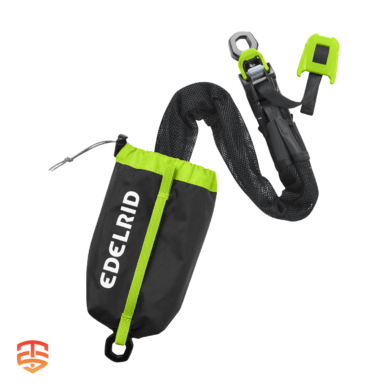 Edelrid KAA Rescue Haul System€ 142,00 – € 169,00 Ex VAT
Edelrid KAA Rescue Haul System€ 142,00 – € 169,00 Ex VAT -
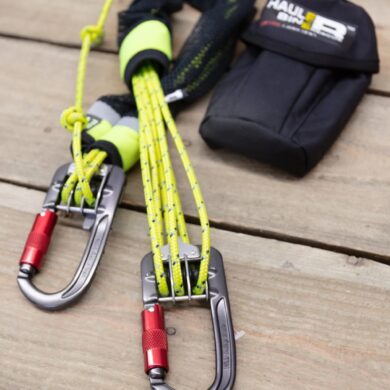 HaulerBiner Compact Rescue Kit€ 200,00 – € 462,00 Ex VAT
HaulerBiner Compact Rescue Kit€ 200,00 – € 462,00 Ex VAT -
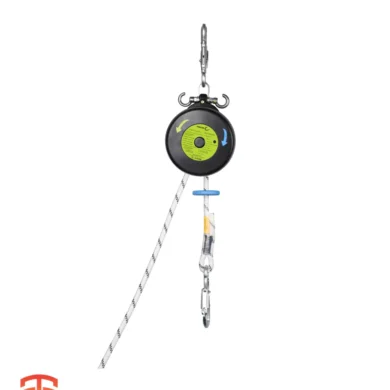 Edelrid Safe Descent 9,8mm | Descent & Rescue device€ 825,00 – € 1.274,00 Ex VAT
Edelrid Safe Descent 9,8mm | Descent & Rescue device€ 825,00 – € 1.274,00 Ex VAT
Elevating Safety Standards in Aerial Adventure Parks
Safety is a critical component of any successful aerial adventure park. By employing advanced rescue devices, techniques, and procedures, operators can create a safe and enjoyable environment for their guests. Emphasizing a culture of safety, staying updated on industry best practices, and continuously evaluating and improving rescue procedures are key to maintaining a people-first experience at aerial adventure parks. With these steps, park operators can ensure that their guests have thrilling, memorable, and safe experiences.
The integration of advanced rescue devices in aerial adventure courses is a vital step in ensuring the safety and enjoyment of participants. By employing cutting-edge technology like automatic belay devices, rescue pulley systems, and remote-controlled descenders, aerial course operators can provide a thrilling and memorable experience for guests, while also maintaining the highest possible safety standards.
Ascend to New Heights: Expert Insights on Ropes Course Technology
Ropes courses offer exhilarating challenges and unforgettable experiences. This article explores the core technology behind them. But to truly scale the heights of knowledge, check out our additional resources featuring expert opinions on the latest advancements and best practices in ropes course design and operation.
- Aerial Safety: Exploring High Ropes Course Belay Systems
- Safe Ropes Course Adventures
- Harnessing Innovation: Next-Generation PPE for Adventure Parks
- Why Keyed Smart Belay Systems Reduce Costs
- Exploring High Ropes Course Belay Systems
- Advanced Rescue Devices in Aerial Adventure Courses
- Top Picks for Best Ropes Course Equipment Season 2023
- Smart Belay for Authentic Climbing Experience
- Edelrid Novelties: Highlights High work and tree care
- Using LockD Clips with Vertical Auto Belays
- Considerations when designing ropes courses and adventure parks?
- Choosing the right Belay System
- Continuous Belay for Ropes Courses
- Ropes Course Rescue Innovations
-
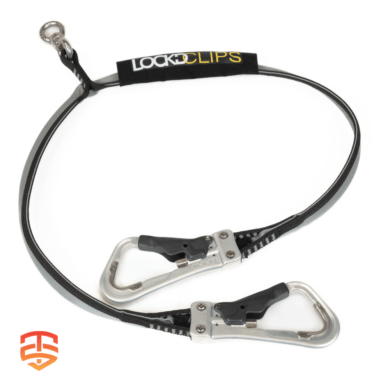 LockD Clips Swivel | Continuous Self-Belay€ 389,00 Ex VAT
LockD Clips Swivel | Continuous Self-Belay€ 389,00 Ex VAT -
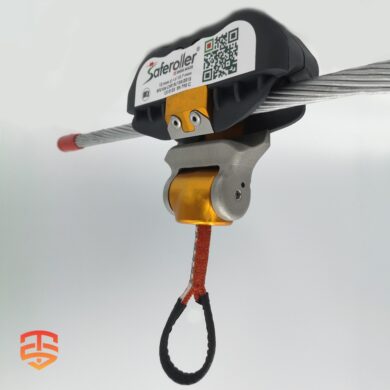 Saferoller Trolley V3 (PPE)€ 240,00 – € 252,00 Ex VAT
Saferoller Trolley V3 (PPE)€ 240,00 – € 252,00 Ex VAT -
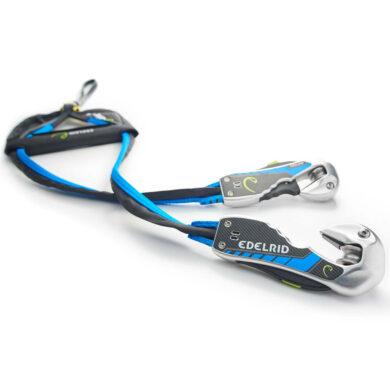 Edelrid Smart Belay X | Magnetic Locking Mechanism€ 544,00 – € 623,00 Ex VAT
Edelrid Smart Belay X | Magnetic Locking Mechanism€ 544,00 – € 623,00 Ex VAT







